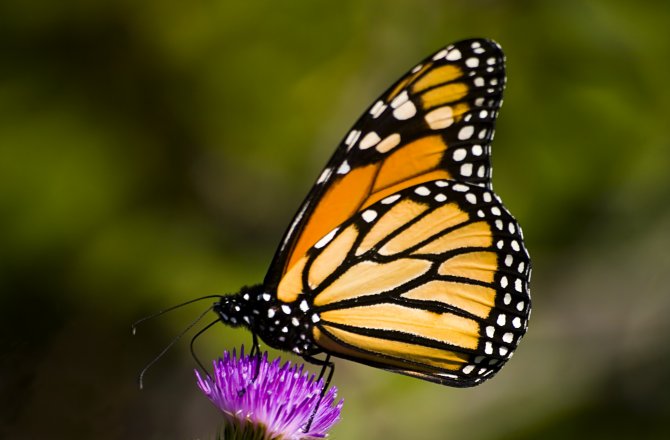One of the most amazing natural phenomena in the world is the annual migration of the monarch butterfly.
Every year, millions of these colorful insects fly from their summer habitats in the northeastern U.S. and Canada to their wintering grounds in the mountains of central Mexico. The journey can be as long as 3,000 miles, and it involves several generations of butterflies.
The monarchs that leave Mexico in the spring are not the same ones that return in the fall. They are the descendants of those that made the trip the previous year.
The monarchs use a combination of environmental cues, such as the sun’s position and the Earth’s magnetic field, to navigate their way across the continent. They also rely on the availability of milkweed plants, which are their only food source as caterpillars and their preferred place to lay eggs.
Along the way, they face many threats, such as habitat loss, pesticides, predators, and climate change. When they reach Mexico, they cluster together on the branches of oyamel fir trees, creating a spectacular sight of orange and black. These trees provide them with shelter and warmth during the cold winter months.
The monarchs stay in Mexico until March, when they begin their journey back north. The monarch butterfly migration is a remarkable example of adaptation, endurance, and beauty in nature. It is also a symbol of cultural and ecological connection between Mexico, Canada, and the U.S.

On October 18, 2023, the United States government removed the Monarch butterfly from the list of endangered species, confirmed Roberto Molina.
The businessman and promoter of the Monarch butterfly made this statement nevertheless, it is still a vulnerable species. The former president of the National Chamber of the Wood Industry recalled that in 2022, the WWF declared the monarch an endangered species.
TYT Newsroom


